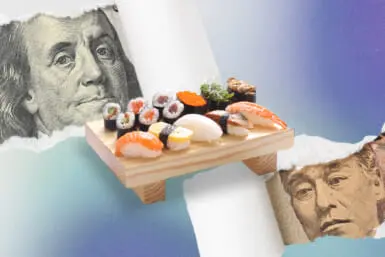Kids in Japan grow up hearing about yokai in folklore. Often recounted to encourage children to behave or teach moral values, yokai are supernatural beings that embody the mysterious and eerie elements of nature and human emotion. While these creatures can be benevolent, mischievous or downright terrifying, they have an alluring nature that is great for storytelling. Here are 10 popular yokai that you should know about to properly get spooked.

Kappa
Kappa are water-dwelling, turtle-like humanoids, known for their mischievous and sometimes malicious behavior. They inhabit rivers and ponds, luring unsuspecting passersby to their watery homes. Kappa are infamous for their love of cucumbers (hence why cucumber rolls are called kappa-maki) and tendency of challenging humans to wrestling matches. If a kappa loses, it will return the stolen shirikodama (a mythical sphere that contains a person’s soul) to its rightful owner. However, if it wins, it might pull the victim underwater.
Fun Fact: Kappa are depicted with a dish on their heads that holds water. This is the source of their power. If the dish dries up, they become weak and unable to return home.
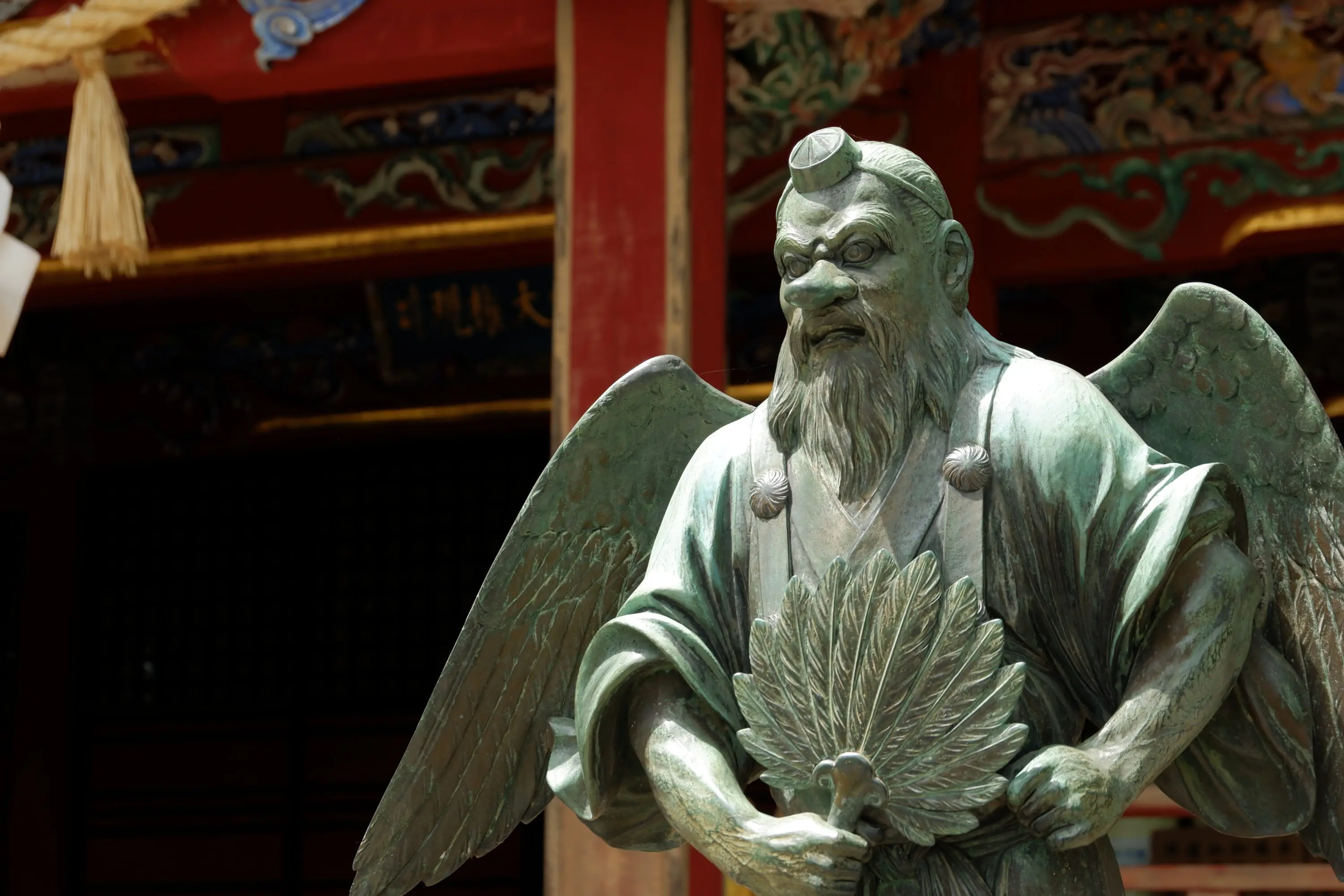
Tengu
Tengu are complex beings often associated with the mountains and forests. They are depicted as part human and part bird and can fly. They have red faces, long noses and wear geta sandals.Traditionally considered protectors of the mountains, they are also known to be tricksters, sometimes leading travelers astray. Somewhat similar to the ancient Greek god, Hermes, tengu have a dual nature: they can be both benevolent guardians and malevolent pranksters.
Fun Fact: In ancient Japan, tengu were thought to be skilled martial artists and excellent swordsmen.

Rokurokubi
Rokurokubi are yokai that can stretch their necks to incredible lengths, particularly at night. During the day, they appear as ordinary women, but at night they reveal their true nature. Becoming a rokurokubi is a curse placed on women, often due to wrongdoing done by a male figure around them. Some rokurokubi use their powers to scare people or play pranks, while others are simply seeking companionship.
Fun Fact: Rokurokubi are often depicted in Japanese folklore as symbols of duality — having both a mundane existence and a hidden, supernatural side.
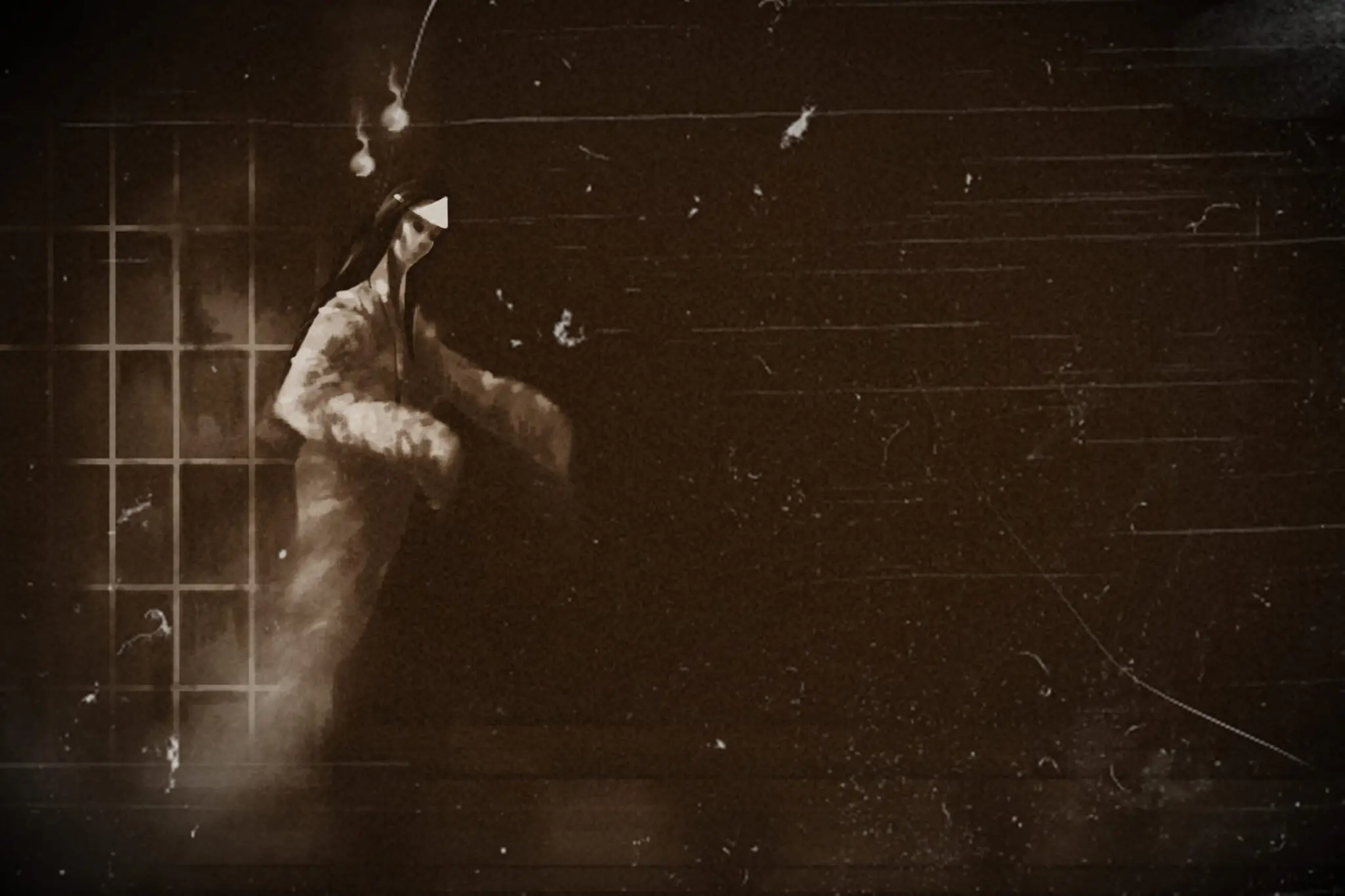
Yurei
Yurei are the spirits of the deceased who have not found peace in the afterlife. They often appear as ethereal figures with long, dark hair, dressed in white funeral garments. Yurei are known to haunt specific locations or individuals, driven by strong emotions derived from unresolved issues. Yurei can be categorized under the larger umbrella of obake, the Japanese concept of a ghost that has undergone some sort of transition from the human to the supernatural realm.
Fun Fact: The concept of yurei has greatly influenced Japanese horror stories and films.
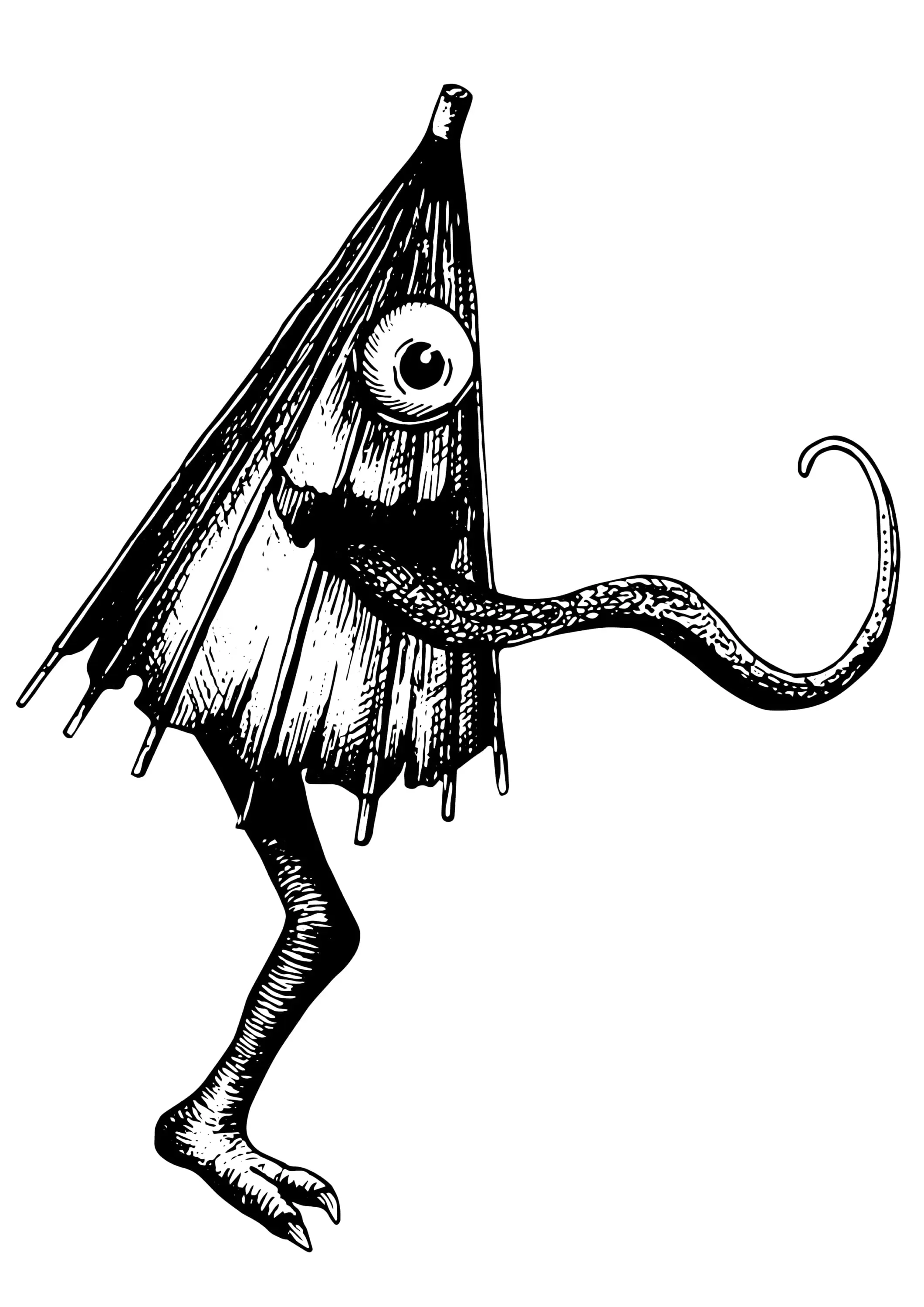
Kasa-obake
Kasa-obake, or “umbrella ghosts,” are playful yokai that appear as old, tattered umbrellas with one eye and one leg. They are known for their mischievous behavior, often scaring passersby or sneaking into homes. Kasa-obake represent the concept of inanimate objects coming to life, a recurring theme in Japanese folklore.
Fun Fact: Kasa-obake can often be found in ghost stories, highlighting the idea that even everyday objects can hold hidden spirits.
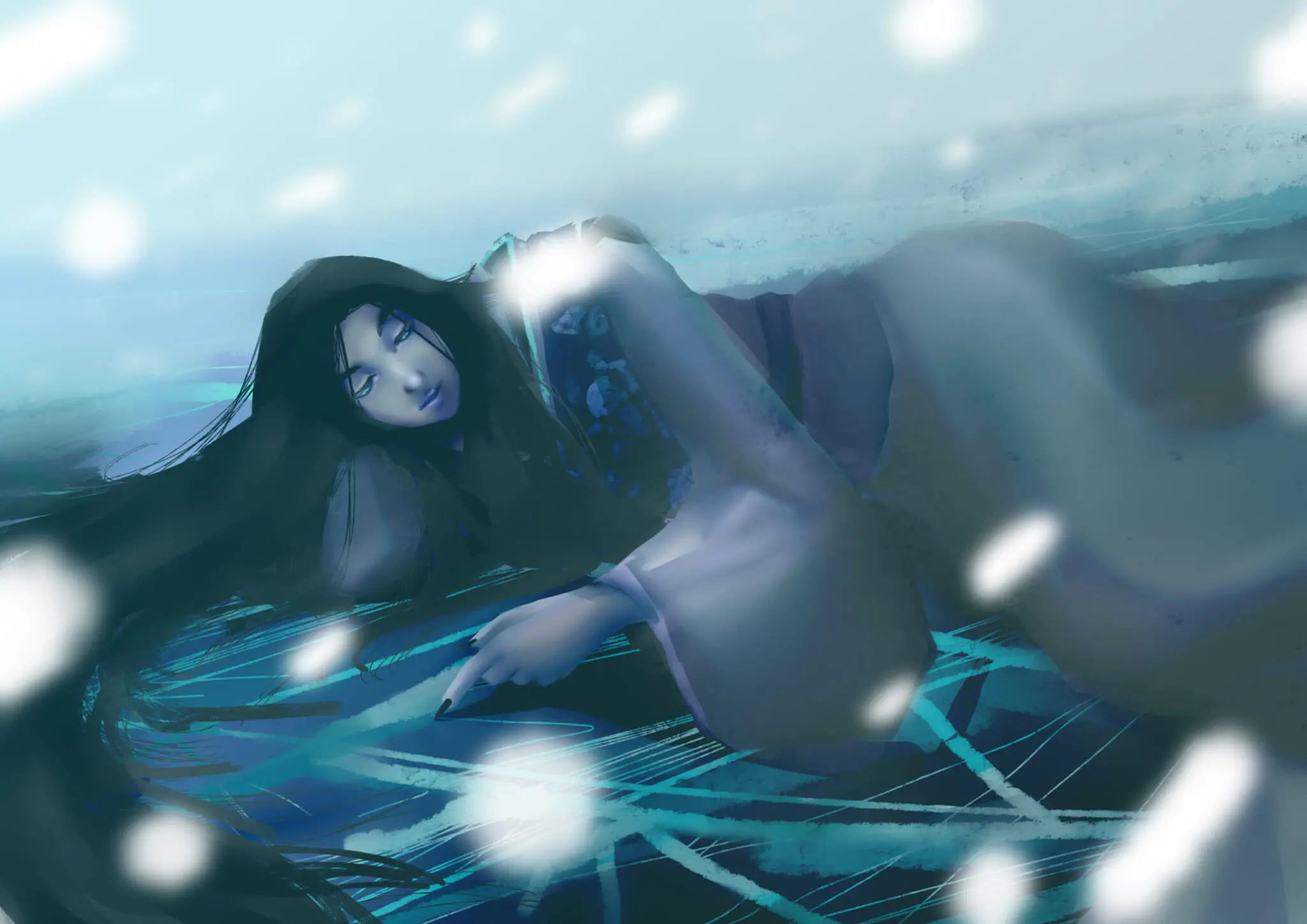
Yuki-onna
The Yuki-onna, or “snow woman,” is a beautiful yet deadly spirit associated with snow and winter. She appears as a tall woman dressed in white, with long black hair and a pale complexion, not unlike the appearance of a female yurei. According to legend, the yuki-onna lures travelers in snowstorms, often freezing them to death with her icy breath. However, there are variations of the tale where she shows compassion, sparing the lives of certain individuals.
Fun Fact: The yuki-onna is often associated with themes of love and loss, making her a popular figure in Japanese literature and cinema.
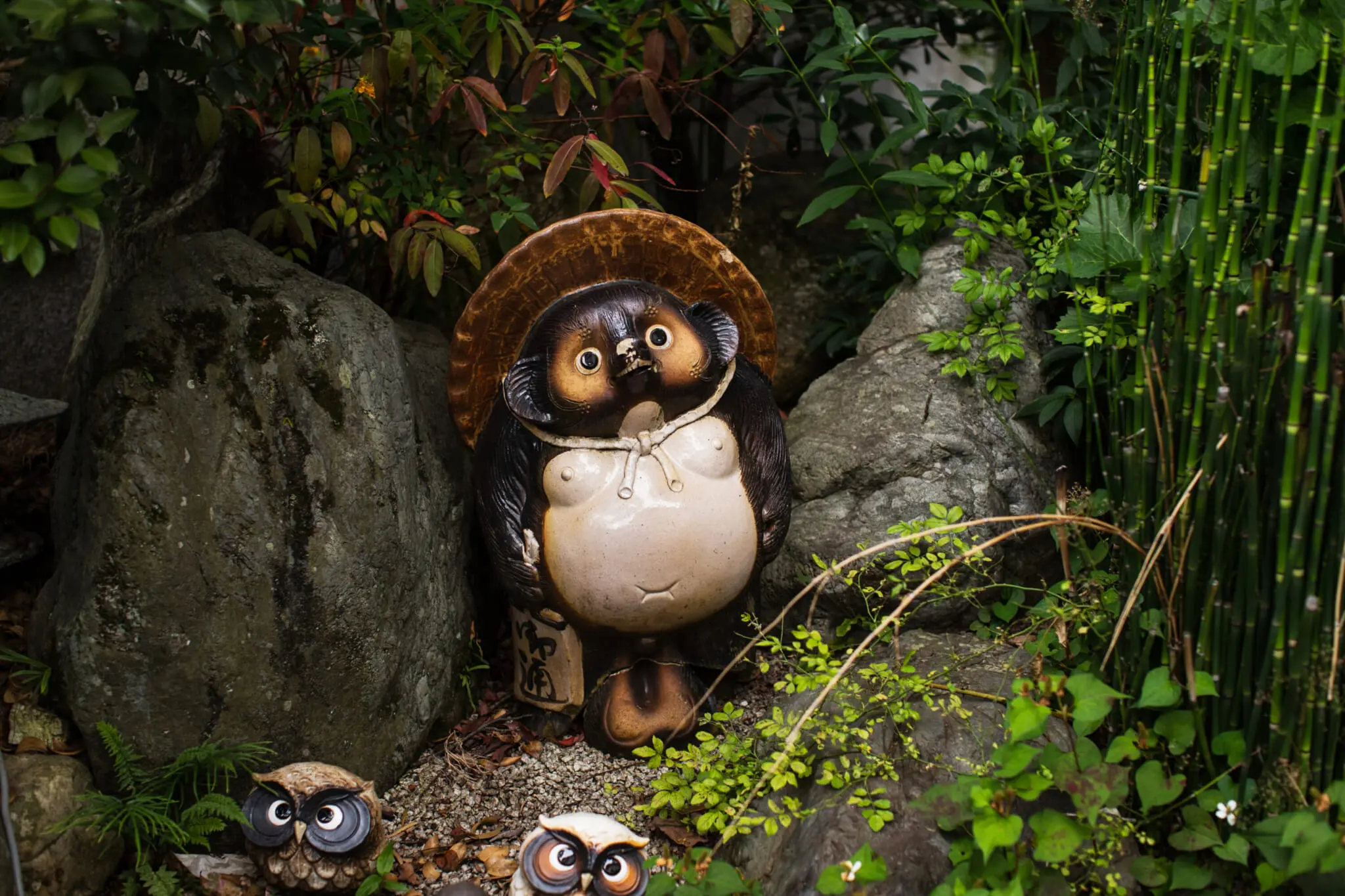
Tanuki
Tanuki, or Japanese raccoon dogs, are legendary for their shape-shifting abilities. They are often depicted as jovial creatures who can transform into various objects, people or even other animals. Tanuki are known for their trickster behavior, often using their powers to deceive humans for fun. They carry a bag of tools that helps them transform and are usually portrayed as being well-endowed. They also have large bellies and a playful demeanor.
Fun Fact: Tanuki are associated with good fortune, and statues of them can often be found outside businesses to attract prosperity.
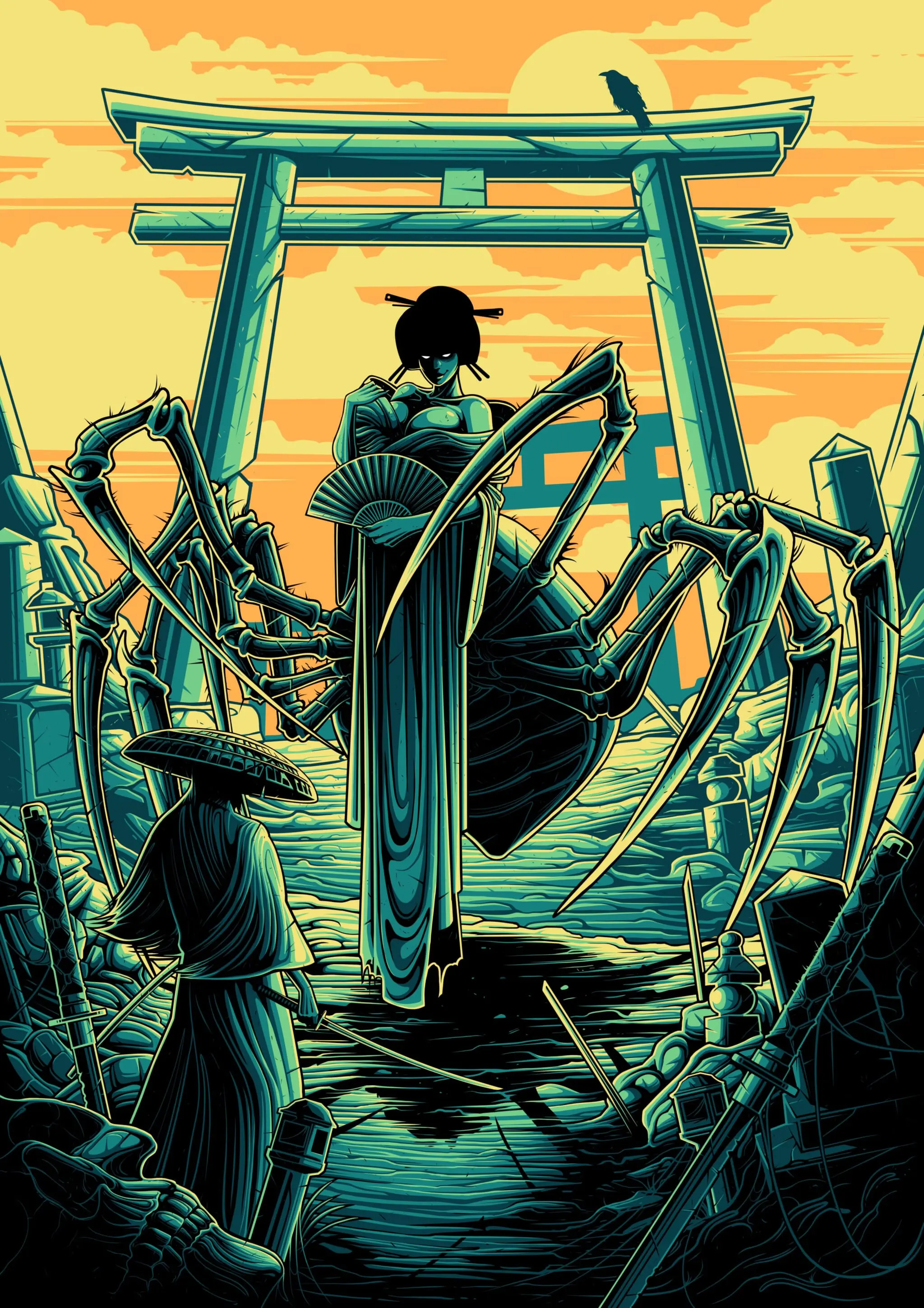
Jorogumo
Jorogumo, or the “binding bride,” is a yokai that can transform from a beautiful woman into a giant spider. She lures unsuspecting men to her lair, where she ensnares them in her webs. Jorogumo embodies themes of seduction and danger, often serving as a cautionary tale about the perils of trusting too easily.
Fun Fact: The jorogumo legend is thought to have originated from the fear of spiders, which were once seen as omens of bad luck.

Shoujou
Shoujou are red-haired, humanoid monkeys known for their beautiful singing voices and love of liquor. Inspired by Chinese legend, they are often found near water and are said to have the ability to enchant anyone who hears their song. While generally not malicious, shoujou can be mischievous and are known to play tricks on humans, especially those who venture too close to their territory.
Fun Fact: The legend of the shojo is often linked to themes of music and art, making them a popular subject in traditional Japanese paintings.
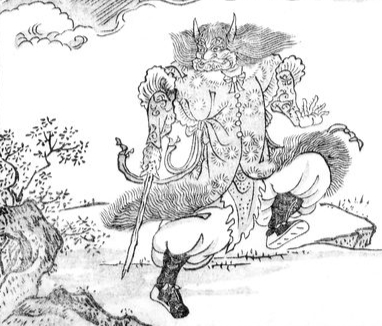
Hososhi
Hososhi is the minister of the four directions and a protector of the family. Often depicted as a red-faced, four-eyed oni in red minister garments and carrying a spear, Hososhi is historically a demon god that the imperial priest would dress up as, leading purification rituals at burial ceremonies and driving away evil spirits from burial mounds. Unlike many other yokai, Hososhi is generally benevolent and is celebrated in festivals throughout Japan.
Fun Fact: Hososhi has four eyes in order to see in all directions and to punish all the malevolent spirits he sees.




